How to avoid sour crop and a crop-bound chicken
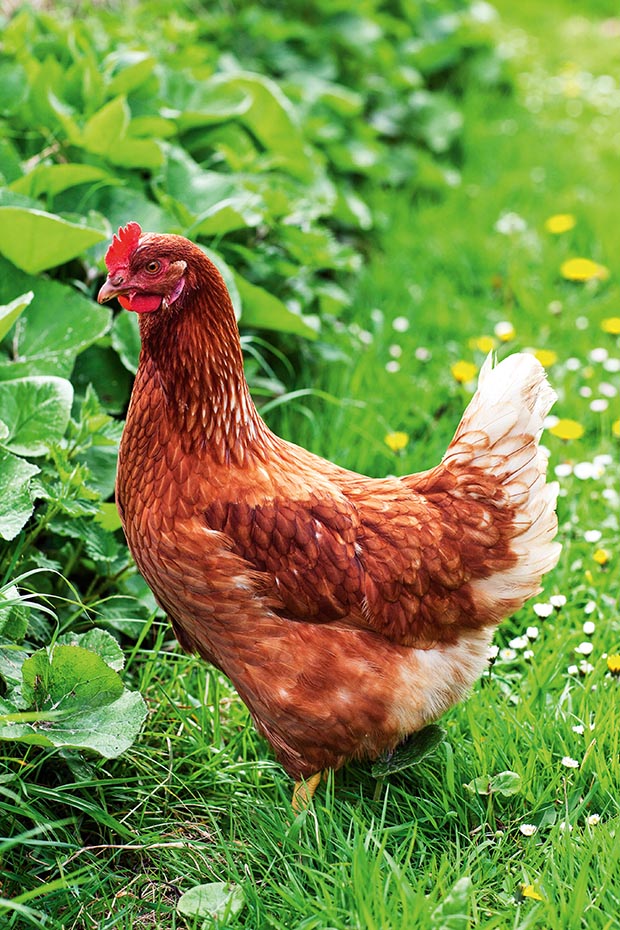
Sometimes a chicken bites off more than it can chew. Well, technically, more than it can grind.
Words: Sue Clarke
Condition: Crop bound refers to a large distended crop which is full of fibrous material. This can block the exit of food material, stopping it from moving down the oesophagus to the stomach or proventriculus. It is often confused with the condition known as ‘sour crop’ where the crop contents begin to ferment due to a fungus infection or mycotoxins and it becomes pendulous and usually full of foul swelling fluid. The results are the same – feed does not proceed down into the digestive system.
Symptoms: Large distended crop, hard to the touch.n Bird may move neck/ head from side to side trying to move the blockage by swallowing.n May gasp for breath if the crop is big enough to put pressure on the heart and lungs.n May sit around pale and depressed and not eat or drink.
Dangers: Left untreated, the bird may die from dehydration and starvation.
Causes: Usually from eating too much fibrous food, eg mown grass clippings, or long strands of grass which roll up into a ball within the crop.n Gorging on too much food too quickly after having been hungry. This over-filling of the crop and gut can quickly lead to sudden death due to a heart attack from pressure on the heart and lungs.
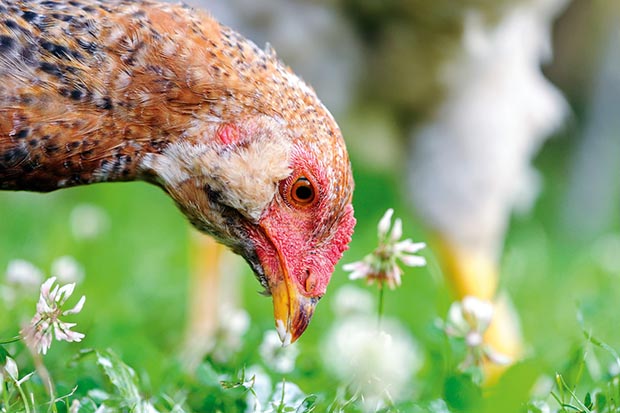
Treatment: Firstly assess if the crop is just normally full – if the crop doesn’t shrink down overnight (when no food goes in) then suspect a problem.n Dribble a few drops of olive oil and warm water down the throat, then gently massage the crop externally to try and break up the ball and allow it to soften and slip further down. Place bird in a quiet place between massages to allow it time to relax and digest. n If it starts to perk up and eat or drink then isolate and feed soft food or wet mash until the crop returns to normal over a day or two. n It is unlikely you will be able to get the material to come upwards and out if it is fibre, however if it is ‘sour crop’ liquid you may have success in getting the bird to regurgitate it.
Prevention: Restrict access of free range birds to areas of newly-mown grass, especially if they are hungry when let out.n Do not feed large quantities of long fibres of grass or stringy leaves if the birds are in a bare run and that is all they have to peck at.
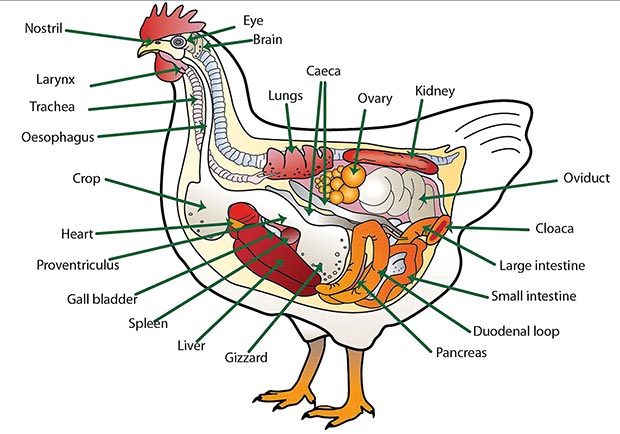
CROP ANATOMY
The crop is a muscular storage pouch, situated between the beak and the true stomach (called the proventriculus) where food is stored temporarily prior to digestion. A chicken’s saliva includes a small amount of digestive enzymes which is added in the crop and starts to break down the carbohydrates. However, not a lot of actual digestion occurs until after the material has passed into the true stomach. The crop can be seen and felt at the front of the bird’s chest and usually off to one side. It becomes visibly distended when full of food and may be as big as an orange or even a large grapefruit in a large adult bird. The best comparison is to run your hand over the front of your hen in the morning, then do it again at night to feel the difference.In a chick, even one 24 hours old, the crop can be easily seen, about the size of a marble when full. The crop should normally appear larger after eating and then gradually reduce if the bird is resting or overnight.
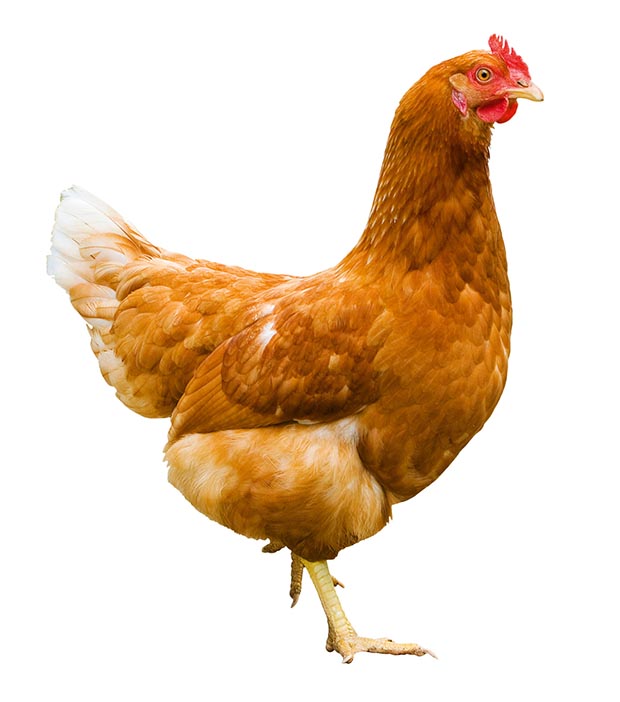
What is sour crop? A bird which appears to have a large crop and is looking off colour should be caught and the crop felt to find out if the distension is hard (crop bound) or fluid-filled and squishy due to sour crop. Isolate the bird and observe if the swelling goes down overnight. If it is still hard, treat for a bound crop.Sometimes the bird will drink too much in an effort to get a crop full of fibres to move along. This can result in the grass fermenting (sour crop), causing a fungal condition known as thrush or Candida albicans to develop.
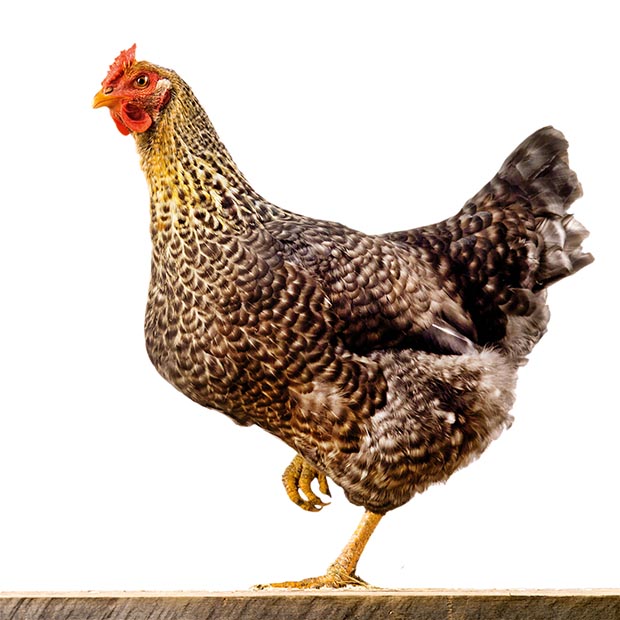
3 ways to help a bird with sour crop: If the crop appears just to be full of fluid you may have some success in reducing the fluid by removing some via the beak. Hold the bird face down at a 60 degree angle and massage the crop toward the throat to disgorge its contents. However, stop to let the bird have a breather every 5-10 seconds. n Once the contents are removed you can dribble water or an antifungal treatment down its throat. Do not use apple cider vinegar as this only increases the acidity problem. One treatment is to dissolve 1 tablespoon of baking soda in 5 litres of water.n Another recommendation is plain unsweetened yoghurt mixed with the feed.n Birds which have a habit of developing either an impacted or sour crop may lose the elasticity in the crop walls and it becomes so distended it droops and makes walking difficult (known as pendulous crop).
Love this story? Subscribe now!
 This article first appeared in NZ Lifestyle Block Magazine.
This article first appeared in NZ Lifestyle Block Magazine.

